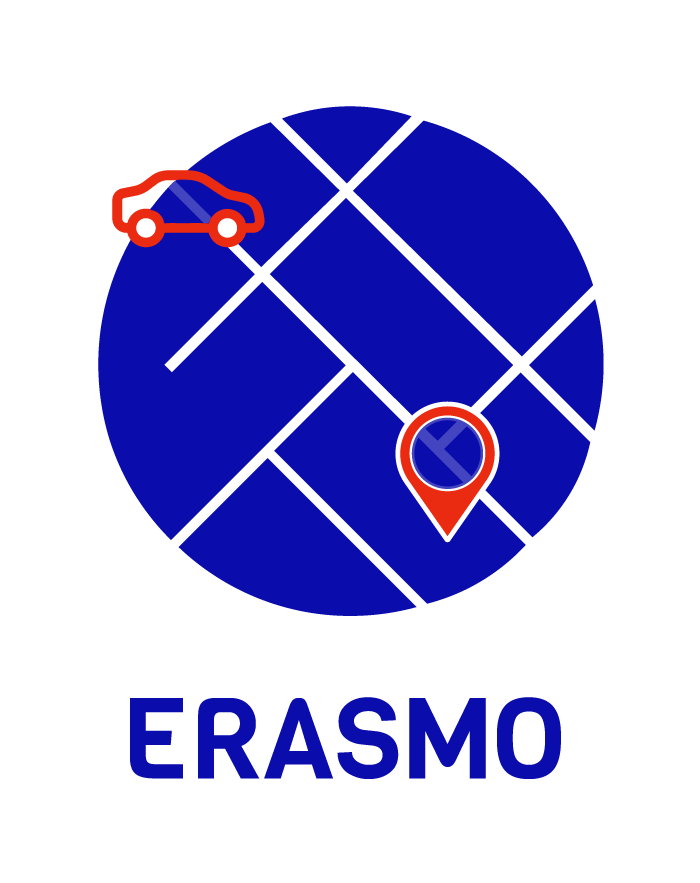Accurate & precise positioning is doubtless the most essential geospatial measurement for any sort of mobile automation technique, all the more for autonomous vehicles that operate under highly dynamic & diverse circumstances. The ERASMO solution has the ambition to become a widely used device for precise positioning that will enable automated driving. But what would make the ERASMO solution stand out among other potential solutions?
The ERASMO device is being designed as a modular On-Board-Unit (OBU) System that will provide a high level of maturity to enable automated driving. The ERASMO device will be ready to be integrated into vehicle prototypes, which will allow to demonstrate the ERASMO device’s functionalities under real driving conditions and changing environments. The value of being able to show a mature system to vehicle manufacturers is very high; it is expected to generate significant business opportunities.
The main value proposition of the ERASMO OBU will be that it enables automated driving by integrating a Global Navigation Satellite System (GNSS) receiver based on Galileo services and multiple sensors such as IMU, gyroscope, and cameras. The Galileo satellite navigation system has a better accuracy compared to other Global Positioning Systems. Still, any advanced navigation system operating solely on satellite systems for positioning would require a constant visibility of satellites to operate. However, there is a limitation to the availability of signals due to different factors, since a direct line of sight can be disturbed or compromised. This can express itself to a different degree for autonomous vehicles depending on the operating environment, such as dense urban traffic with tall buildings, circulating through tunnels, on highways or in remote rural areas.
The ERASMO device will be leveraging advanced positioning algorithms to make autonomous vehicles fully operable. The use of maps and GNSS will certainly be pivotal to establish accurate and precise positioning. On top of this, the ERASMO device’s algorithm will take other inputs such as accelerometers and cameras to augment the satellite connectivity and create a cohesive output that can enable autonomous vehicles to manage the complexity of navigation. Additionally, the ERASMO autonomous driving system will include a V2X communications interface designed to allow cooperative information exchange between the vehicle and its surroundings. This clearly sets it apart compared to solutions that are already available on the market. This will coalesce into a system with higher accuracy, reliability and integrity. What’s more, the emergence of new Galileo services and differentiators such as multi-constellation and multi-frequency is allowing the ERASMO project to assess and evaluate the possibility to combine distinct, state-of -the art technologies into one cohesive system.


